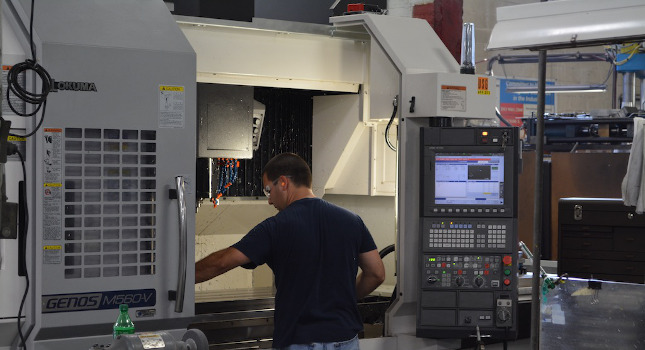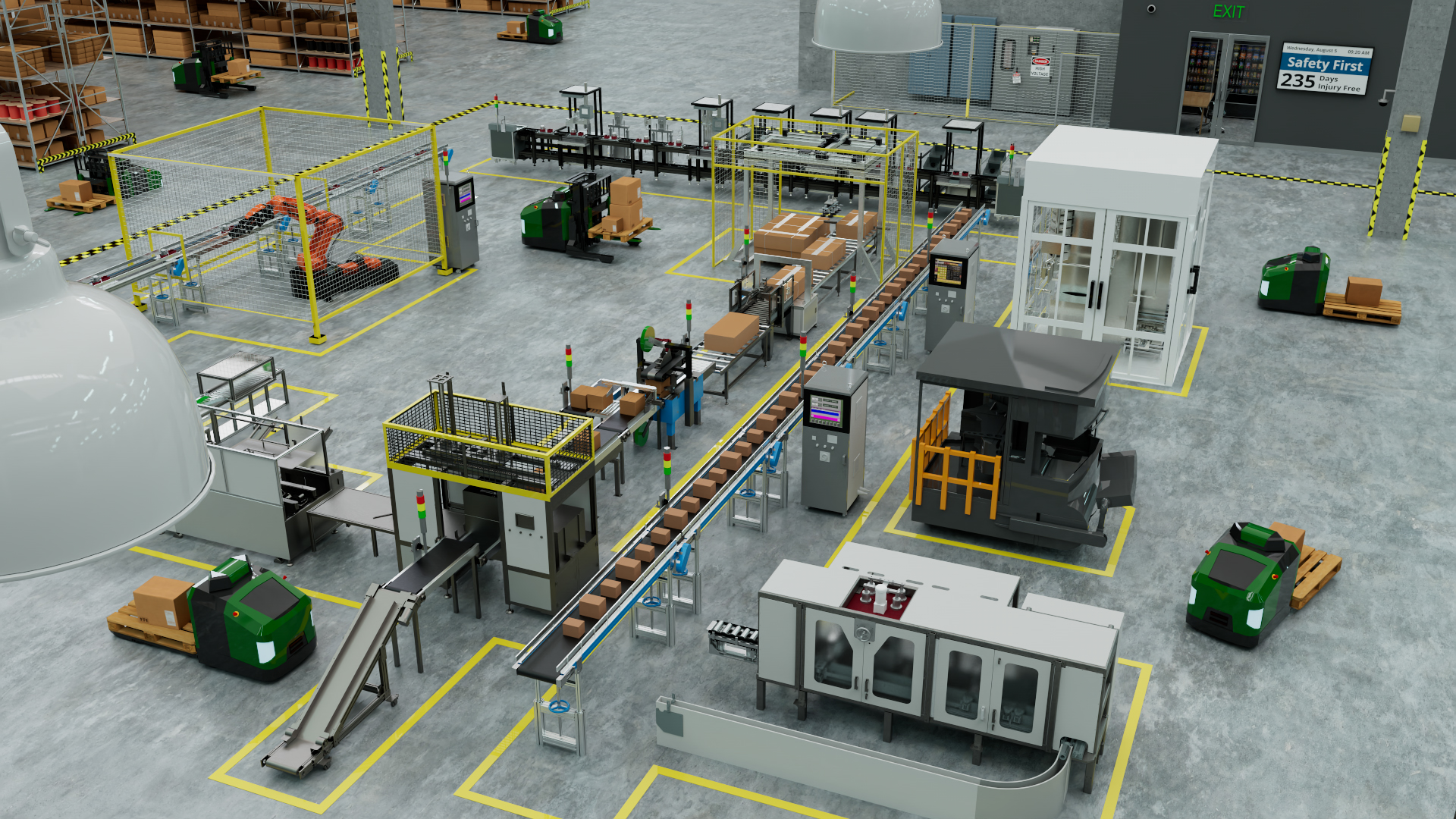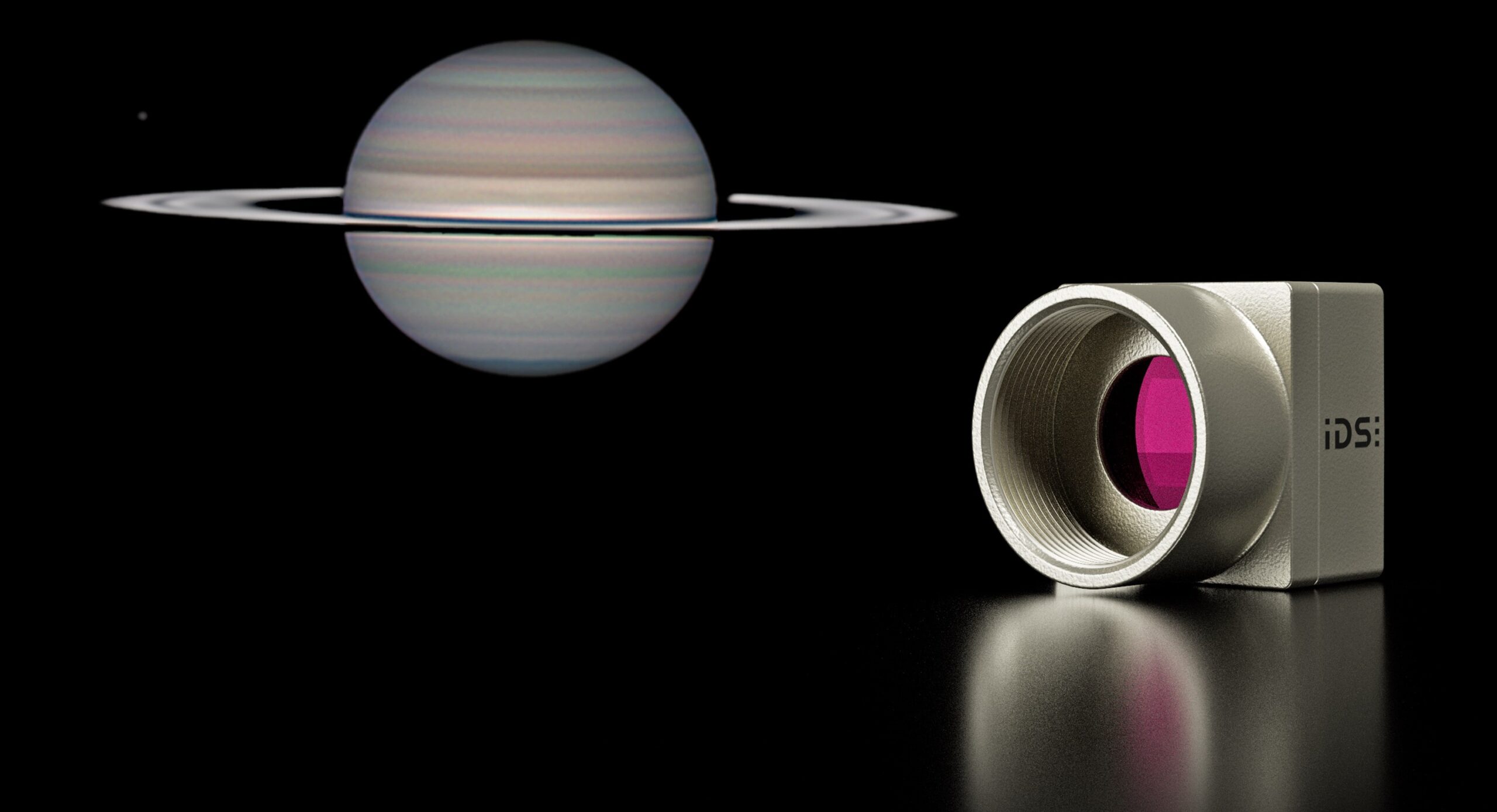Production challenges do not wait on IT developments and automation technology advances enable data access and use from almost anywhere.

Modern automation systems go beyond the confines of the physical machines on the factory floor. According to Deloitte Insights, smart factories can operate within the factory and connect to a global network of similar production systems, and even to the digital supply network.
Though factories may be distributed rather than centralized, modern industrial operations software provides a centralized environment to rapidly build industrial applications. This can support engineers, managers and staff throughout an industrial business to improve plant operations and act upon information independent of factory location.
Teams at all levels of an organization can make better decisions based on real-time and historical plant-wide application data, including historian software, manufacturing execution systems (MESs) and third-party data. Users can monitor, control, enter data and perform analyses. Historian software is often embedded or used in conjunction with standard distributed control systems (DCSs) and programmable logic controllers (PLCs), to provide enhanced data capture, validation, compression and aggregation capabilities.
With historian software, users may analyze data in context from industrial operations software. Industrial operations software delivers aggregation and visualization of automation data across plant-wide operations. This provides a visualization toolkit with simple connectors to common data types, to blend and present information in a way that allows for the different needs of team members to see it.
Role-based permissions may be granted at the page level. Plant operators may define data sources and entities for connected devices and create queries to access and transform data into actionable information for operations. Drag-and-drop design allows for simple placement and configuration of visualization components on the display, then dragging the query or data source onto the component quickly enables the data connections.
Using connected systems allows information sharing with frontline workers, providing them with knowledge of what is happening. Responsive design allows application building to make information readily available on PC displays, tablets, and mobile phones – allowing access to information and insights into operations from anywhere anytime. A single, seamless MES for process, discrete and mixed manufacturing environments establishes a digital foundation for continuous improvement.
[subhead] New normal: Automation for social distancingThe COVID-19 pandemic has accelerated the need for solutions that support social distancing, remote operations and supply chain issues have completely upended plants and factories.
This requires deploying MES, human-machine interface/supervisory control and data acquisition (HMI/SCADA), historian and analytics solutions capable of visualizing operations, analyzing data and optimizing production and providing the information in real time to the appropriate personnel regardless of their location so they can respond without any detriment to performance. Automation has truly extended beyond the factory floor, and the data can improve operations at every level.
George Walker is managing director of Novotek U.K. and Ireland. This article originally appeared on Control Engineering Europe’s website. Edited by Chris Vavra, associate editor, Control Engineering, CFE Media and Technology, [email protected].
MORE INSIGHTS
Keywords: industrial automation, data management
Modern industrial operations software provides a centralized environment to rapidly build industrial applications.
Better industrial automation based on real-time and historical plant-wide application data can improve overall decision-making.
The COVID-19 pandemic has accelerated the need for automation and improved social distancing.
CONSIDER THIS
How can industrial automation improve your operations?



